As part of our commitment to provide you with the most up-to-date and relevant information on the logistics industry, we share our Market Update on the Latin American market.
You will find information and interesting data on the update of the state of the ports, the most important transport routes and relevant news.
We hope you'll find the following information helpful, as well as inspiring to boost your business and keep your cargo moving.
Topic of the Month: The power of supply chain integration: Unlocking efficiency and visibility
In today's fast-paced and interconnected global market, supply chain integration has become essential for businesses aiming to streamline operations, reduce costs, and enhance customer satisfaction. By creating a seamless flow of information, products, and resources across all supply chain stages, companies can achieve better coordination and improved visibility. In this article, we will explore the concept of supply chain integration, delve into the different types of integrated supply chains, and discuss effective strategies to implement integration. Additionally, we will examine the pivotal role of technology in facilitating integration and highlight the importance of supply chain visibility and its numerous benefits. Finally, we will conclude with key takeaways and insights on how businesses can leverage supply chain integration to gain a competitive edge.
What is supply chain integration?
Supply chain integration refers to the process of connecting and coordinating all stakeholders involved in the production and distribution of goods and services, from suppliers of raw materials to the end customers. The objective is to create a seamless and efficient supply chain that optimizes processes, reduces costs, and enhances customer satisfaction. Achieving integration requires identifying areas for improvement within current operations, such as bottlenecks or inefficiencies, and developing strategies to address them. This could involve overhauling systems, improving staff training, or establishing clear communication channels between different stakeholders.

Technology plays an integral role in supply chain integration. Automation tools such as inventory tracking software can help streamline processes by providing real-time data about stock levels across multiple locations or vendors. Additionally, cloud-based solutions can facilitate collaboration between different departments within an organization while also allowing access from remote locations if needed. Analytics tools can provide insights into performance metrics, enabling logistics managers to make informed decisions about their operations going forward. By leveraging these technological advancements, businesses can create a more resilient and responsive supply chain that is better equipped to handle the challenges of today's dynamic business environment.
Types of integrated supply chains
Supply chain integration can take various forms, each with its own strategic benefits depending on the business goals and industry.
- Horizontal supply chain integration occurs when companies within the same industry merge or acquire one another to increase production capacity and differentiate from competitors. These companies can optimize processes, scale operations, and achieve a stronger market position by combining resources.
- Vertical supply chain integration involves acquiring ownership of different stages within the production process, reducing reliance on external suppliers. This internalization allows companies to control more of their supply chain, leading to greater efficiency, cost savings, and higher profit margins.
- Cross-functional supply chain integration focuses on coordinating efforts across different internal departments, such as procurement, production, and inventory management. This collaboration enhances communication, decision-making, and overall supply chain visibility, making operations more cost-effective and responsive.
In conclusion, supply chain integration offers a range of strategic benefits that can significantly enhance a company's operations and competitive edge, whether through horizontal integration to merge with industry peers, vertical integration to internalize various production stages, or cross-functional integration to align internal departments, businesses can achieve optimized processes, increased efficiency, and cost savings. By understanding and implementing these different types of integration, companies can create a more resilient and responsive supply chain that is better equipped to handle the challenges of today's dynamic business environment.
Strategies to apply supply chain integration
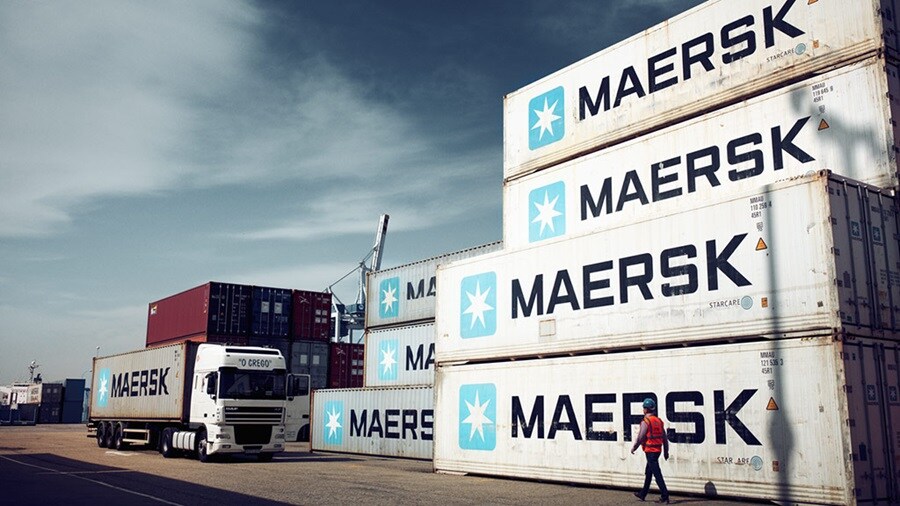
To effectively apply supply chain integration, businesses must adopt strategies that enhance visibility and implement common data metrics. Enhancing visibility on end-to-end logistics is crucial for ensuring that all parties involved in the supply chain have access to real-time updates. This can be achieved by leveraging technologies such as warehouse and transportation management systems, which provide detailed insights into the movement and status of goods. Collaboration platforms that utilize cloud sharing can enhance visibility by allowing stakeholders to access and share information seamlessly. By having a clear view of the entire supply chain, businesses can quickly identify and address any issues that arise, leading to improved efficiency and reduced delays.
Implementing common data metrics is another essential strategy for successful supply chain integration. By measuring key indicators such as cost efficiency, profitability, innovative opportunities, and customer satisfaction, businesses can gain valuable insights into their operations. These metrics are crucial for identifying bottlenecks, taking preventive measures, and enhancing responsiveness. For example, tracking cost efficiency can help businesses pinpoint areas where expenses can be reduced, while monitoring customer satisfaction can highlight areas of improvement in service delivery. By consistently measuring and analyzing these metrics, businesses can make informed decisions that drive continuous improvement and ensure a more resilient and responsive supply chain.
The role of technology

Technology plays a pivotal role in achieving supply chain integration by enabling real-time data sharing and collaboration among different entities within the supply chain. Advanced software solutions such as Enterprise Resource Planning (ERP) systems and Supply Chain Management (SCM) tools are at the forefront of this technological revolution. These systems facilitate the seamless exchange of information, allowing businesses to coordinate their activities more effectively and respond swiftly to changes in demand or supply. By automating processes, these technologies not only improve accuracy but also reduce the likelihood of human error, leading to more efficient and reliable operations.
In addition, the actionable insights these advanced tools provide are invaluable for decision-making. ERP and SCM systems can analyze vast amounts of data to identify trends, forecast demand, and optimize inventory levels. This level of visibility and control enables businesses to make informed decisions that enhance their overall performance. For instance, real-time data on stock levels and transportation schedules can help logistics managers plan more efficient routes and reduce delivery times. In essence, the integration of technology into supply chain management is not just about streamlining operations; it is about creating a more agile, responsive, and resilient supply chain that can adapt to the ever-evolving business landscape.
What is supply chain visibility and its benefits
Supply chain visibility (SCV) refers to the ability to track and monitor the movement of products, materials and information throughout the entire supply chain. This visibility extends from the sourcing of raw materials to the delivery of finished goods to the end customer. Essentially, SCV provides companies with a detailed view of products and services as they move from the source or supplier, through manufacturing and to the end consumer. However, attaining this level of transparency is more challenging than it sounds. Supply chains that once followed a simpler, beginning-to-end model have evolved into complex global networks, including raw materials, suppliers, production partners, logistics providers, regional contact labor, and more. The interdependent processes are managed by technology used to create, store, sell, and deliver finished products.
The benefits of SCV are vast. By providing real-time data and visibility, companies can optimize their operations, reduce costs, and enhance decision-making. SCV also improves collaboration across different functions and partners, leading to better communication and faster response times. Additionally, SCV helps businesses manage risks by allowing them to detect disruptions early and take preventive actions. Ultimately, a transparent supply chain drives operational efficiencies, higher productivity, and improved customer satisfaction, making it a critical component in modern supply chain management.
As the main benefits we can mention:

- Improved customer satisfaction: With better visibility, companies can provide accurate delivery timelines and proactive updates to customers, enhancing their overall experience.
- Cost reduction: By identifying inefficiencies and bottlenecks, businesses can reduce operational costs and improve profit margins.
- Risk mitigation: Visibility helps in early detection of disruptions, allowing companies to take corrective actions before issues escalate.
- Enhanced collaboration: SCV fosters better communication and collaboration among supply chain partners, leading to more coordinated efforts and improved outcomes.
Supply chain integration has become a vital strategy for businesses navigating today's dynamic and interconnected global market. By unifying processes, technology, and data across all stages of the supply chain, companies can foster real-time visibility, improve collaboration, and react swiftly to disruptions. You can read more on how to transform your logistics in Latin America here. The integration of supply chain networks enhances operational efficiency and allows businesses to reduce costs, optimize performance, and increase customer satisfaction. Additionally, the adoption of technology-driven solutions, such as advanced analytics and real-time monitoring, offers companies the tools needed to stay competitive in a rapidly evolving environment.
As supply chain complexities grow, visibility and integration are more crucial than ever. These interconnected elements offer companies the agility and resilience needed to meet shifting demands and navigate uncertainties. Ultimately, businesses that prioritize supply chain integration will be better positioned to achieve long term success and gain a competitive edge in the marketplace.
Ocean updates
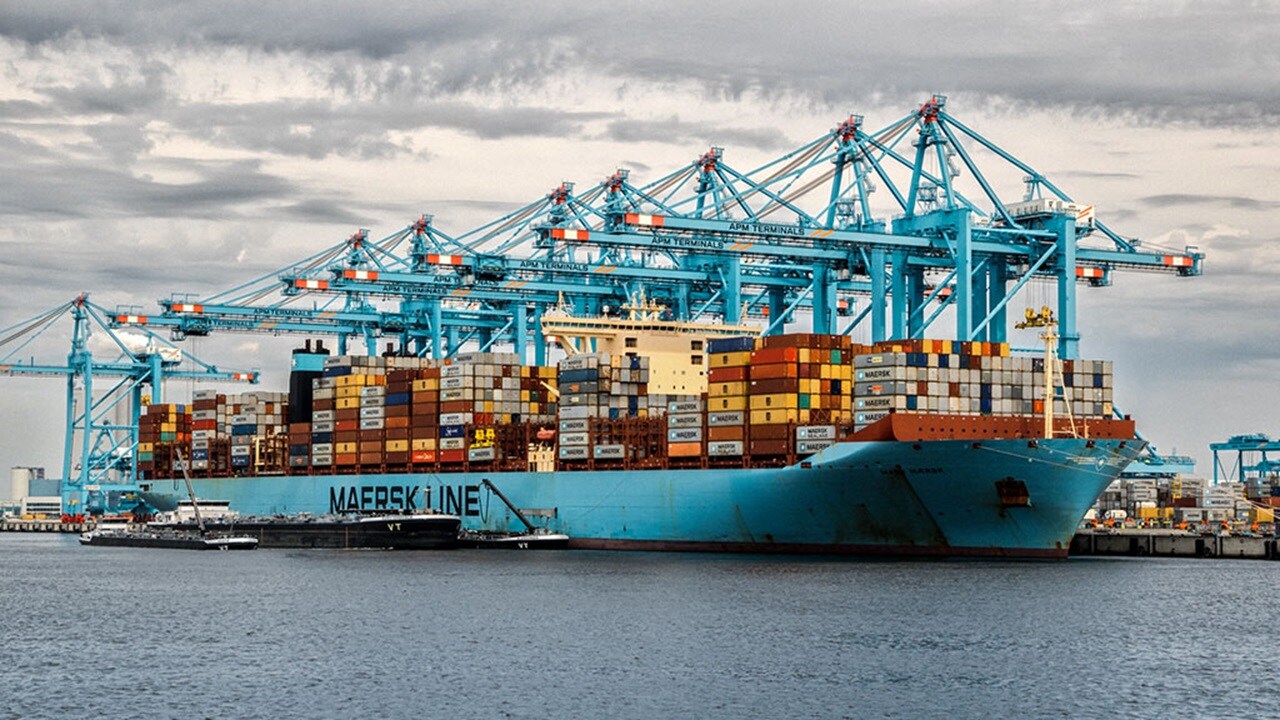
| Trade lane | Comments |
|---|---|
|
Trade lane
West Coast to North America
|
Comments
New service in Paita - CLX is starting a new call in Paita starting week 37, focusing on the upcoming reefer seasonalities like blueberries, grapes, and mangoes. This new service will allow us to reach Philadelphia in 13 days, having our arrival on Mondays, allowing our customers fruit availability for the entire week. Prepared for the seasons, and Hueneme is also getting ready for the new reefer commodities; our service from Ecuador to Hueneme remains with 15 days with coverage in Puerto Bolivar and Guaquil-Posorja via Ecumed and connecting with WCCA2 service. |
|
Trade lane
East Coast of South America to Intra-Americas
|
Comments
Services to West Coast South America, the Caribbean and Gulf, and the US East Coast are running full. Peak Season Surcharge for the Drycargoes is in place for all Intra-America destinations (except MERCOSUR). Brazilian northeast fruit season (Mangos and grapes) in the US (mainly Philadelphia) has already started and will last until the end of November/mid-December. ECSA Shuttle with bi-weekly calls at Paranagua and Santos to Manzanillo and Cartagena as of September. |
Main port status
In the ECSA region, terminals experiencing waiting times of more than one day are grappling with challenges such as port congestion, diminished productivity, and weather conditions.
In the HUB CARPAC region, terminals expect waiting times of more than 2 days for vessels out of the berthing window, vessels on time won't be impacted.
In the CARPAC region, the terminal at Manzanillo (Mx) is particularly impacted, facing issues of port congestion and low productivity. Acajutla is facing some port congestion caused by berth maintenance.
In the NAM region, the most impacted terminals are Newark APMT, Norfolk, Philadelphia, Miami - POMTOC, Oakland, Vancouver and Freeport. The general reasons for the increased waiting times across these terminals include port congestion, holidays, weather conditions, and infrastructure upgrades. Please note that the specific impact and reasons can vary from terminal to terminal.
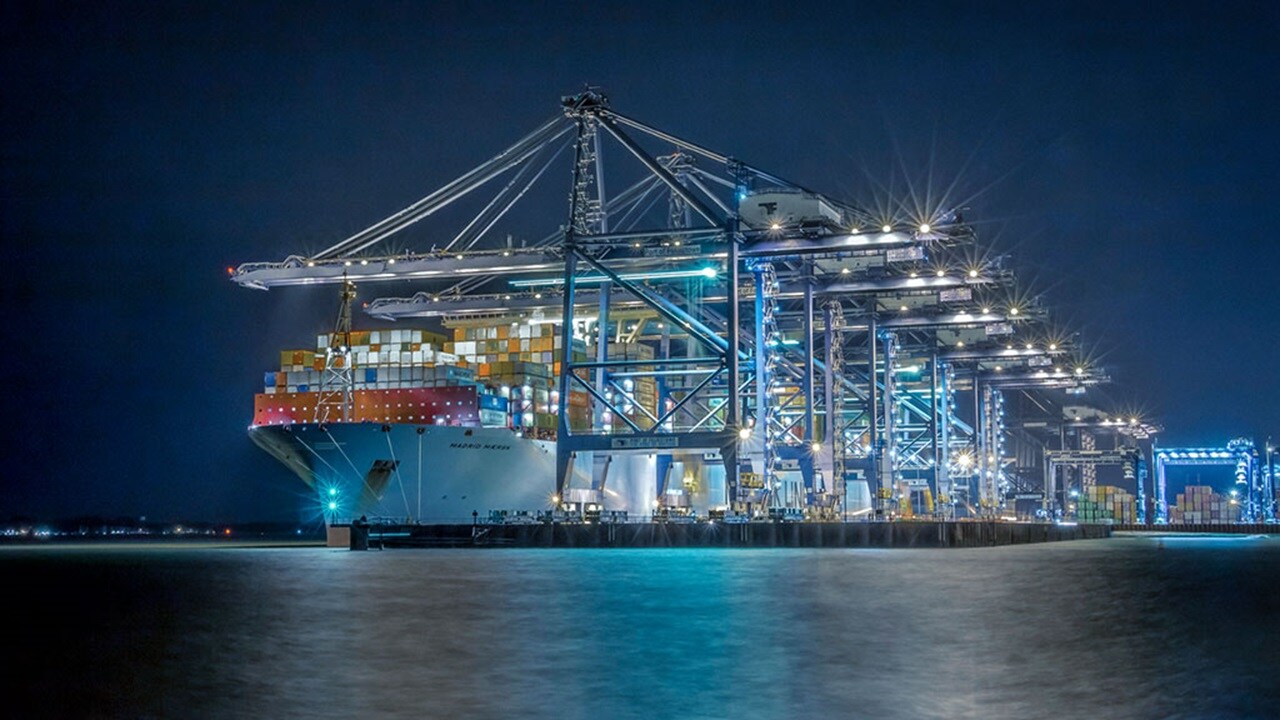
Port status
| Less than 1 Day | 1-3 Days | 4 - 7 days | More than 7 days | |
|---|---|---|---|---|
|
Latin America
|
Less than 1 Day
ECSA: Salvador, Buenos Aires, anaus, Suape, Pecem, Rio Janeiro, Imbituba, Sepetiba, Itajai, Zarate, Rosario, Mar del plata, S Antonio Este, P Madryn, P Deseado, Ushuaia, Vitoria, VILA DO CONDE HUB CARPAC: Balboa, PSA Rodman, Manzanillo-PA, CCT, Cristobal, Cartagena CARPAC: Buenaventura, San Lorenzo, Caldera, Moin, Quetzal, Acajutla , Turbo, Santa Marta, La Guaira, Puerto Cabello, Guayaquil/Contecon, Guayaquil/TPG, Puerto Bolivar, Posorja, Callao/ APMT, Callao/ DPW, Paita, Pisco, Arica, Iquique - ITI, Mejillones-PAG, Antofagasta-ATI, Coquimbo-TPC, Valparaiso-TPS, San Antonio - STI/DPW, San Vicente - SVTI, Puerto Cortes, Big Creek, Veracruz, Altamira, Progreso, Kingston, Cuba |
1-3 Days
ECSA: Santos Brasil and BTP (Santos), Paranagua, Itapoa, Montevideo, Rio Grande HUB CARPAC: Cristobal CARPAC: Corinto, Caucedo, Rio Haina, San Juan, Puerto Barrios, Sto Tomas de Castilla, Manzanillo,Mx, Lazaro-Mx |
4 - 7 days
ECSA: Navegantes
|
More than 7 days
CARPAC: Acajutla
|
|
Rest of World
|
Less than 1 Day
NAM: Montreal, Halifax, Newark PNCT, Baltimore, Wilmington, Jacksonville, Port Everglades, Charleston, North Charleston, Savannah, Houston, New Orleans, Mobile, Tampa, Long Beach, Los Angeles, Tacoma, Seattle, Prince Rupert, Dutch Harbor, Kodiak. APA:
New Zealand: Nelson, Timaru, Port Chalmers FEA:
Ningbo Beilun Container Terminal Phase 4: CNNPOJ4 NEU: No Waiting time reported SEU: No Waiting time reported |
1-3 Days
NAM: Newark APMT, Norfolk, Philadelphia, Miami - POMTOC, Oakland, Vancouver APA: Australia: FEA: |
4 - 7 days
NAM: Freeport
|
More than 7 days
|
Highlights
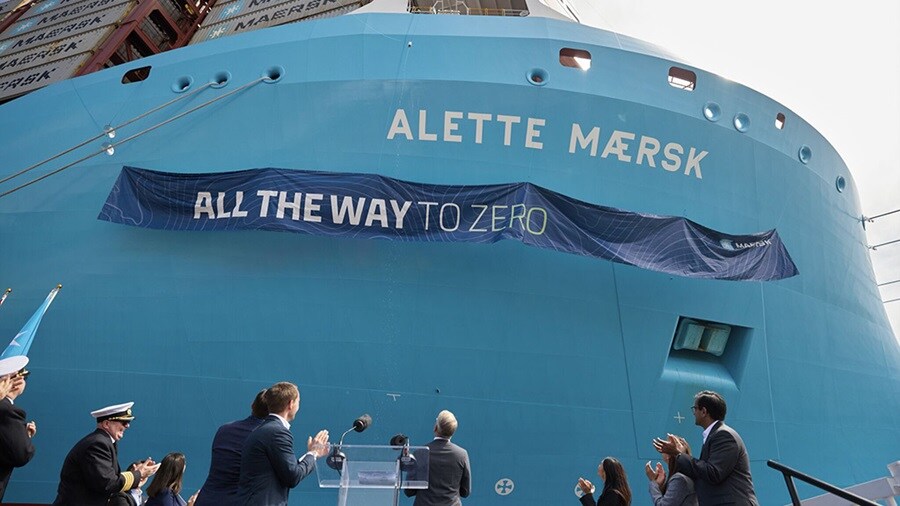
We’re thrilled to welcome Alette Mærsk – the 4th large dual-fuel vessel in our fleet, measuring 350 meters with 16,000 TEU container capacity!
Alette Mærsk was christened by her godmother athlete, snowboarder, and two-time Olympic gold medalist Chloe Kim, in a memorable naming ceremony at the Port of Los Angeles.
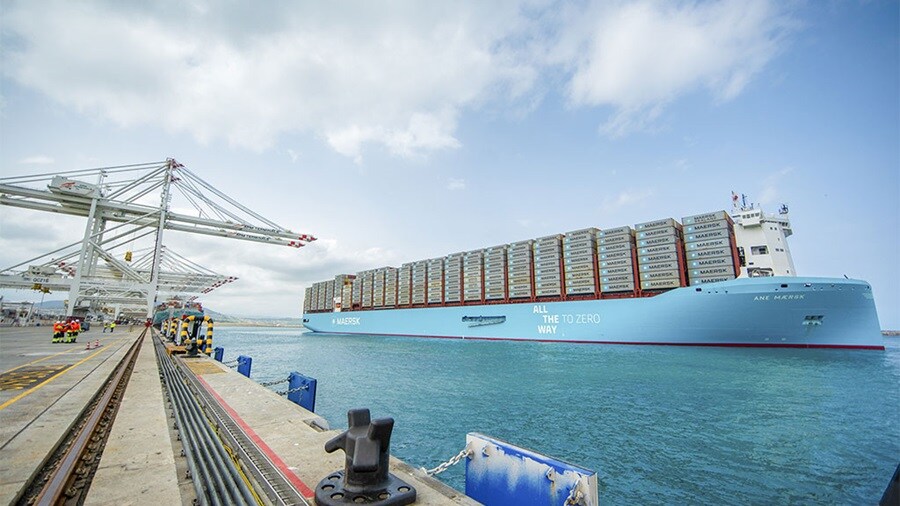
Maersk and Hapag-Lloyd announce two ocean network options with equal industry-leading schedule reliability
In February 2025, Maersk A/S (Maersk), an entity under A.P. Moller – Maersk, and Hapag-Lloyd AG (Hapag-Lloyd) launch their operational collaboration Gemini Cooperation. The ambition is to deliver a flexible and interconnected ocean network with industry-leading schedule reliability above 90 percent once fully phased in.
Useful links
To sign up for the Maersk Latin America customer newsletter, click here and update your preferences when prompted via email.
Check Maersk market updates from across other regions by clicking here.
Siamo sempre a tua disposizione
I agree to receive logistics related news and marketing updates by email, phone, messaging services (e.g. WhatsApp) and other digital platforms, including but not limited to social media (e.g., LinkedIn) from A. P. Moller-Maersk and its affiliated companies (see latest company overview). I understand that I can opt out of such Maersk communications at any time by clicking the unsubscribe link. To see how we use your personal data, please read our Privacy Notification.
By completing this form, you confirm that you agree to the use of your personal data by Maersk as described in our Privacy Notification.
